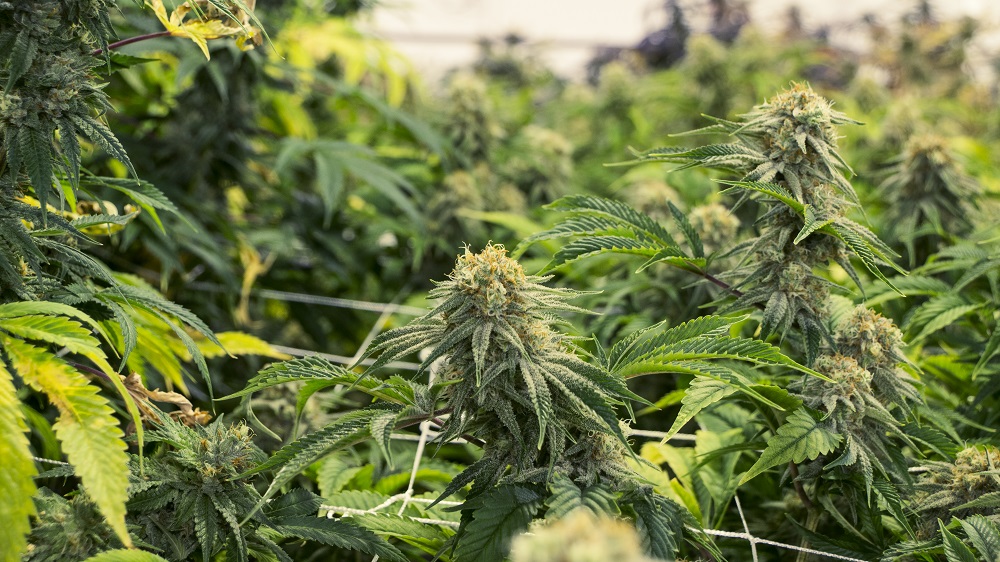
12 Jun In the Habit of Growing Weed
Years ago, Ed Rosenthal coined the phrase “Smoking cannabis may not be habit forming but growing it sure is!” We agree!
The massively different ways one can grow this plant is impressive and yet, there are a thousand ways to screw it up. Yield is king, as those of us growing commercially can attest. Yield is a direct reflection of what went on in the garden that cycle. Considering all the various inputs, it can be challenging to pinpoint which one caused a change in yield.
A few months ago, I wrote that we saw our yields go down over this past winter. During the winter, we lost power a few times, including one stretch in which it was down for 56 hours. The generators can’t push the wattages for the Gavita lights, so Bill — my husband, chief operating officer and extraordinarily talented fixer of all things — built supplemental lighting runs to weave 72 cheap, household-grade LED lights through each flower room so the generators can handle the wattage when we lose power. The goal was simply to have some sort of light during long blackout stretches. But the surprising result is that when we decided to leave them on with the Gavitas, the buds really responded well to the combined light and we saw an uptick in yield.
After much debate on the costs and benefits, we sent our genetics off to be tissue cultured, believing the strains had become “tired” and needed a rebirth. In the meantime, we also added a water oxygenator and tweaked the nutrient feed.
Yield is so important to success in the regulated cannabis market that we habitually grasp at straws to improve it.
Nutrient, water, light and air changes are obvious places to look for improvements, but we are coming to the conclusion that the natural cycle of seasons must also come into play. I say this because our historical data shows that each spring our yields increase across the board. We hadn’t connected the dots before and are really curious if other indoor growers see increased yields once winter months are over.
The only constant is our plant count, which is maxed at 457 plants per harvest. The lowest yield was last January at 77 pounds and we had to reduce orders because we didn’t have the material to fill them. With the noted tweaks and before the tissue culture clean-up, this current harvest will be more than 100 pounds.
So, maybe we should just keep on keepin’ on, doing what we do with what we have. Though the constant tweaks to feed our grow habit should maybe take a rest while we experience the fruits of our labors and let the market settle a bit more. In the meantime, grow, babe, grow!


